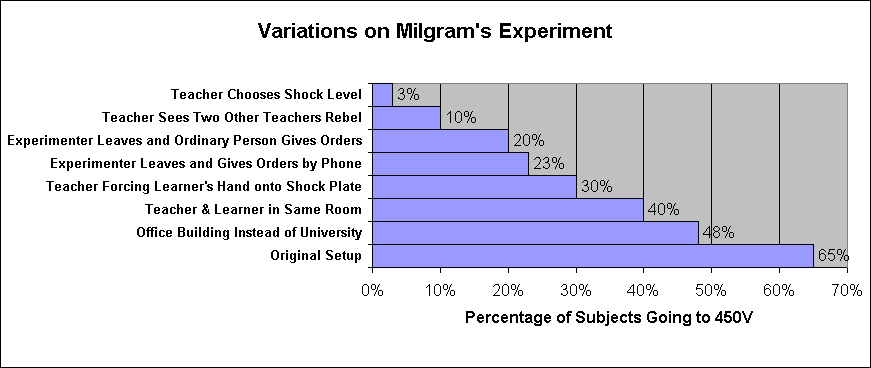Note that these are assumptions--they cannot be proved. Can they be disproved? Our everyday commonsense understanding of life follows these assumptions fairly closely.
The scientific method is sometimes summarized as:
question: "Why are some people able to quit smoking while others fail?"
hypothesis: "The age at onset of smoking is negatively correlated with success in quitting"
test (experiment): Administer a survey to past and present smokers--"At what age did you start smoking?" Note: This is NOT an experiment
theory: Combine the results of many specific studies into a general conclusion
This summary misses the complex nature of each step and misses some of the fundamental dynamic character of science. Science relies on:
Observation:
based on the 5 senses
done carefully to eliminate bias
should be reproducible (repeated observations are called "facts")
strictly speaking cannot establish causal relationships
Experimentation:
essential to establishing causation
manipulation of one factor at a time
hypothesis = an educated guess about an observation that can be tested
makes use of deductive reasoning (drawing logical conclusions from a set of premises)
Theories:
a series of repeatedly supported hypotheses can be combined into a theory
based on inductive reasoning (forming a general principle from specific observations)
subject to experimental refutation
Natural Laws and Explanatory Concepts:
allow prediction (sometimes quite precise though not usually in psychology)
consistent through space in time
should be consistent with each other and with observation
The scientific method is cyclical:

